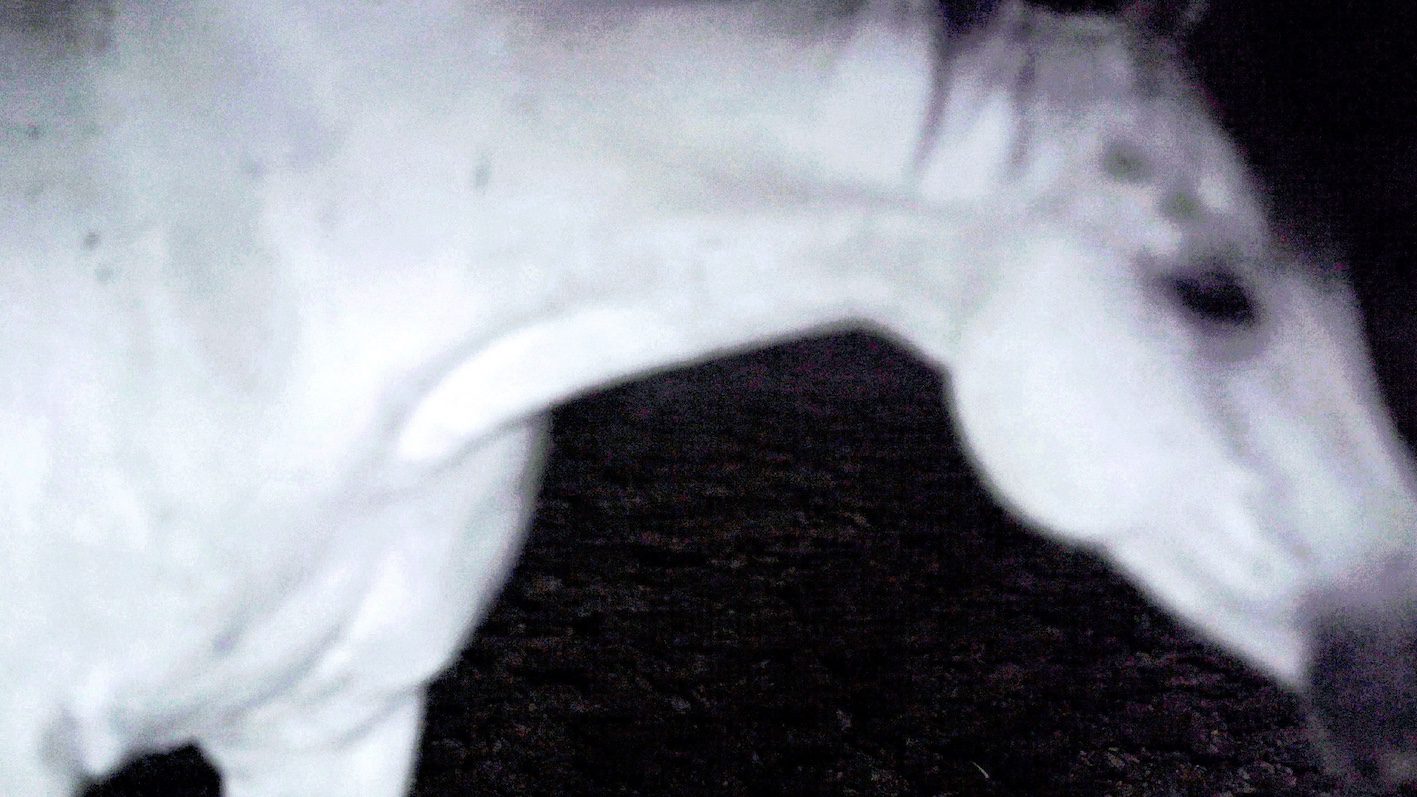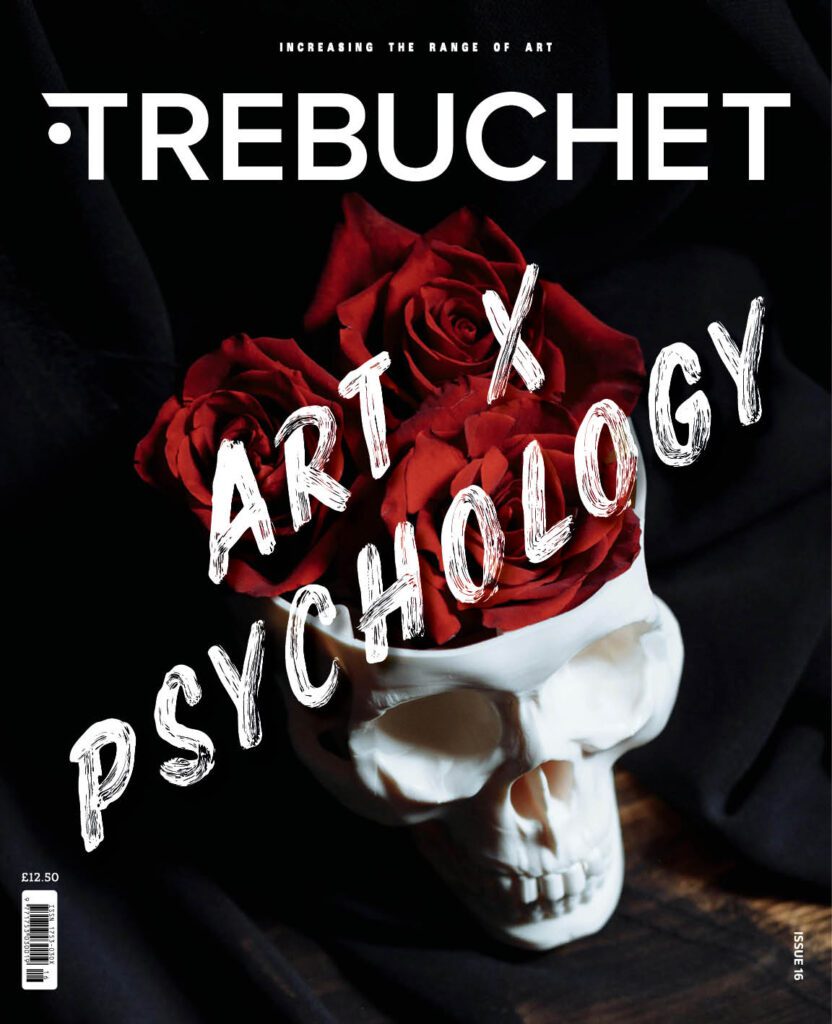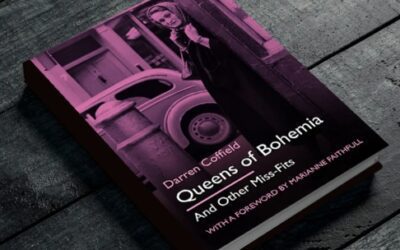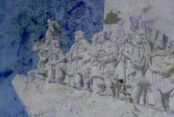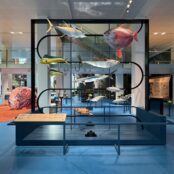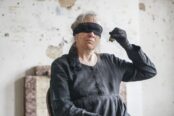Spread across the ancient city of Piacenza, south of Milan, the first two iterations of XNL Aperto set up a broad network of venues; private galleries, independent spaces and art studios. The festival quickly established a programme that champions a wide variety of art and artists, exhibiting in venues old, new and sometimes surprising. Alongside the creation of a biennial international prize, XNL Aperto have assembled a group of professionals whose focus is on constructing a framework which seeks to foster interactions between the local community and its cultural heritage.
Piacenza is a city with a long history; remnants of its founding as a Roman military settlement in 218 BC still shape parts of its pattern; while a large historical centre dating to the middle ages and its surrounding agricultural and industrial areas lend the area a complex relation to past and future.

Each year the group has expanded its project and the 2024 edition encompasses the surrounding countryside as well as urban settings. The XNL Aperto group strive to use the complex architectural and historical story of the city to promote a vision of a plural cultural community which can enjoy the many benefits of the city and its varied locations through a deeper understanding of contemporary arts.
This year’s programme is diverse in both content and location. The city itself is central to the vision of the event’s founders, and it provides a wide variety of venues for exploration. Sometimes, the location itself is as impactful as the art, serving as an additional visual setting to enhance and contribute to the works found inside.
Once a major part of the local economy, a massive former factory, Ex Consortia Agrario, (decommissioned in the early 2000s) has been re-envisioned as an exhibition space. Many of the massive grain silos and warehouse structures remain intact, and are now home to project called Consortia, featuring a collection of works by various up-and-coming local artists focused largely on sustainability and environmental issues (as are many of the works by artists featured throughout the various spaces).
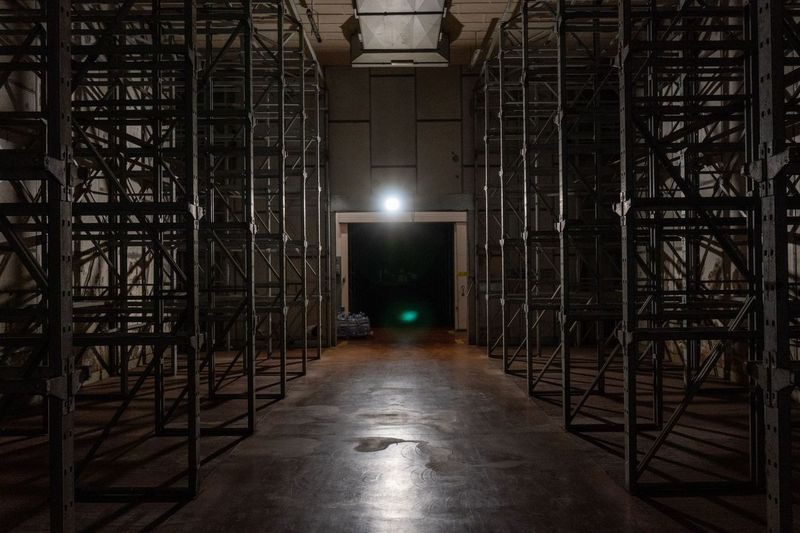
The overall title of the works gathered in the factory space is Raccogliere cera scilota, ascender novel fianinie—Collect melted wax, ignite new flames, setting the scene for a display of works about environmental collapse and the potential and possibility of re-making the world. Brunivo Buttarelli and Beatrice Maltauro both worked with tree-like sculptural pieces. Buttarelli’s featured burned out tree trunks, stainless steel and iron, while Mattauro used papier-mâché and wood to generate images of environmental destruction but also the possibility of re-generation.
Most of the other artists presented their works in the futuristic warehouses (which smelled faintly of the cheese that were made and stored in the space). A dystopian atmosphere in these sparsely lit cavernous spaces contributed to the impact of the mostly small works presented by the artists contributing to the show. As should be expected of such events, the space added drama to the overall theme and the creative use of mood lighting and dissonant soundscapes added to the general decayed and end-of-world feel. Small paintings, photographs, and sculptural pieces emerging out of the darkness of these huge spaces drew the viewer closer and allowed for a kind of intimate encounter with works that were focused on both the critique of environmental and ecological neglect, as well as promise of the new approaches.
Highlighting the scope and creativity around the venues, a visit to the agricultural outskirts of the city invites viewers to an entirely different artistic and environmental experience. The Shit Museum, set on a working dairy farm, presents Acts of Thought by David Reimondo as well as a number of other artists, all of whom focus on issues of sustainability and the possibilities of ecological change.

Again, the space adds a novel dimension to the exhibition (curated by Gaspare Luigi Marcone). The Shit Museum is not a joke, but is rather a very strong vision of sustainability and creativity nurtured by the owners of the farm, highlighting their commitment to the potentials of recycling as well as the generation of eco-friendly energy through the utilisation of manure. Research, utility and creativity all come together in this exhibit which introduces viewers to the environmentally-focused works on display. Much of the exhibition takes place in restored buildings on the site which date back hundreds of years, and the decayed but beautiful buildings are perfect for the serious examination of ecological responsibility that this particular exhibit aims for.
XNL Arte, at the Center for Contemporary art, cinema, theater and music, which opened in 2020, is the heart of XNL Aperto and features two diverse and captivating exhibits. Out of the Grid. Italian zine 1978–2006. Post-movimento pre-internet 3.0., is an installation of self-produced zines which grew out of a research project by the artist Dafne Boggeri and curated in collaboration with Sara Serighelli. It is a remarkable collection of over 100 handmade zines drawn from across a broad spectrum of social, political, and aesthetic cultures; punk, goth and hip-hop zines sit next to queer, alternative sex, and political zines from across Italy, highlighting the international nature of zine culture in the latter part of the 20th century.

The curators are particularly interested in the changes in technology and language communication strategies, and, as the title of the show implies, their focus is upon the pre-internet era. Out of the Grid, highlights both the raw creativity and pervasive use of zines to communicate interests before we all got swallowed up in digitally. The show includes a sample of the ‘tools of the trade,’ — craft knives, glue sticks, stencils etc. — which show how easy it was to generate independent and creative publications.
The exhibit is not overtly nostalgic but it does serve as a reminder of a particular kind of creativity that was vital in an era when mass communication was generally industry-generated, financially prohibitive, and where opportunity for personal reflection or opinion was severely limited. Zines were anarchic and fan-generated, a precursor perhaps of the intensely personal world of digital bloggers, and influencers who now litter social media.
A similar ready-made attitude and focus is on display at the Rathaus, a café and exhibition in the city centre (its tongue-in-cheek name a nod to Bauhaus, apparently), where a small show called What You Own Owns You, explores the relationship between consumption and desire. It’s a common theme amongst many who are concerned about the impact of fast-fashion: the generation of false desire through advertising and the financial and environmental impact of following fast-fashion trends.
With a nod to religious symbolism, articles of consumption and advertising, branded items and clothing are presented on an altar-like construction, noting the zealous, quasi-religious way many of us are drawn into the web of consumerism, believing we are choosing for ourselves when we are often simply bowing unconsciously to the consumerist impulse that drives our desire in the twenty-first century. We are invited into a closet of unworn clothing, and exposed to sculptural works of denim jeans, underscoring the tangled nature of the twenty-first century subject and their desire. The generation of needs and the social signalling attached to objects and, as the title of the exhibit highlights, the endless pursuit of things makes us more likely to be owned by what we consume.
The two very large and imposing horse sculptures that line the Piazza dei Cavalli in the centre of Piacenza, made in the seventeenth century by Francesco Mocha, were the inspiration for new video works by Valentina Furian. Inspired by John Berger’s 1971 BBC television show, Ways of Seeing, and the horse statues which loom large in the cultural imagination of Piacenza’s inhabitants (legend says that the locals despised the Farnese family who ruled the city so they named the central square after the horses rather than the riders), XNL Arte presented Sul Guardare, Atto 4; Notti Bianche (Sleepless Nights).
The darkened exhibit room features large video screens exploring the relationship between human beings and animals, predators and prey, and features two films made by the artist. Furian aims to open up dialogue with the two equestrian sculptures in the city square, ridden by the dukes of Parma and Piacenza — Alessandro and Ranuccio I Farnese — whom the artist envisages as guardians of the city.
Entitled Centauro and Diventare Unica, these films stand out in the darkness, hanging in the middle of the room and giving off their own strange sound. Centauro is based on the mythological hybrid man-horse figure. It’s characterised by close-up shots of a horse and features a kind of nervous twitching typical of an overbred steed. Furian asserts that the “the centaur is shaped around the physical relationship humans establish with their animals. This relationship turns into a monstrous entity. I then realised that the creature I was looking for does not exist as a hybrid between a human body and an animal body, this kind of mythological figure emerges from a tamed horse that acts with a new kind of ferocity unrelated to its original behaviour, something coming directly from this interspecific relationship.”
The other screen other installation, Diventare Unica, features a horse watching itself being tamed without reacting. The films are intense, quite erotic, and somewhat unsettling. The human is the protagonist in these films and the slow, close-up approach to the camerawork and the noise soundtrack accompanying them in the dark creates a slightly unnerving feeling, adding to their impact.

Furian is represented by the forward-looking Una Gallery, which champions new artists and, for XNL Aperto, presents a small but wonderful show by Senegalese-Italian multi-disciplinary artist, Adji Dieye. Chapter 1: May my vision be your present brings together recently created works featuring installations draped with textiles and paintings which offer an examination Dieye’s ongoing work mining her own post-colonial identity.
The work offers a critical re-interpretation of the theory of Asymmetric Parallelism, an architectural principle conceived by the first president of Senegal, Léopold Sédar Senghor, a style of African architecture freed of Western tradition, which was in line with the architectural trends of the former colonies of the 1940s and 1950s.
Dieye explores the paradoxes and complexities of architecture as a tool for the epistemological rewriting of a country, highlighting how the paradoxes continue to manifest in contemporary space. She was also inspired by the theories of Senegalese writer and economist, Felwine Sarr, whose work focused on attitudes and perceptions as they are reflected in the relationship between culture and collective choices. For Dieye, these theories provide a means of generating a new kind of self-expression or representation.
The number of venues and diverse artists represented, particularly new and emerging local artists, makes XNL Aperto a truly refreshing project. Sustainability, ecology, and environmental issues as dominant themes are everywhere at art events these days, it seems,. It could all feel trite and predictable were it not for the creative approach XNL Aperto have taken with their annual project.
A city like Piacenza bears the historic marks and scars of changing social and economic circumstances. The struggling agricultural areas that surround the city, the former industrial areas now languishing… this is a city struggling to find itself in the twenty-first century. Nevertheless, the vision and goal of the XNL Aperto group is to champion both the history of Piacenza as well as its future possibilities through artistic vision, to promote a community aware of its rich heritage and looking forward to its new futures through the creative energies exposed by the annual project.
It just might work.

Barry Taylor writes and speaks about the intersections of philosophy, theology and contemporary culture. In past, he was the road manager for AC/DC during the Bon Scott era before becoming a Los Angeles theologian.

